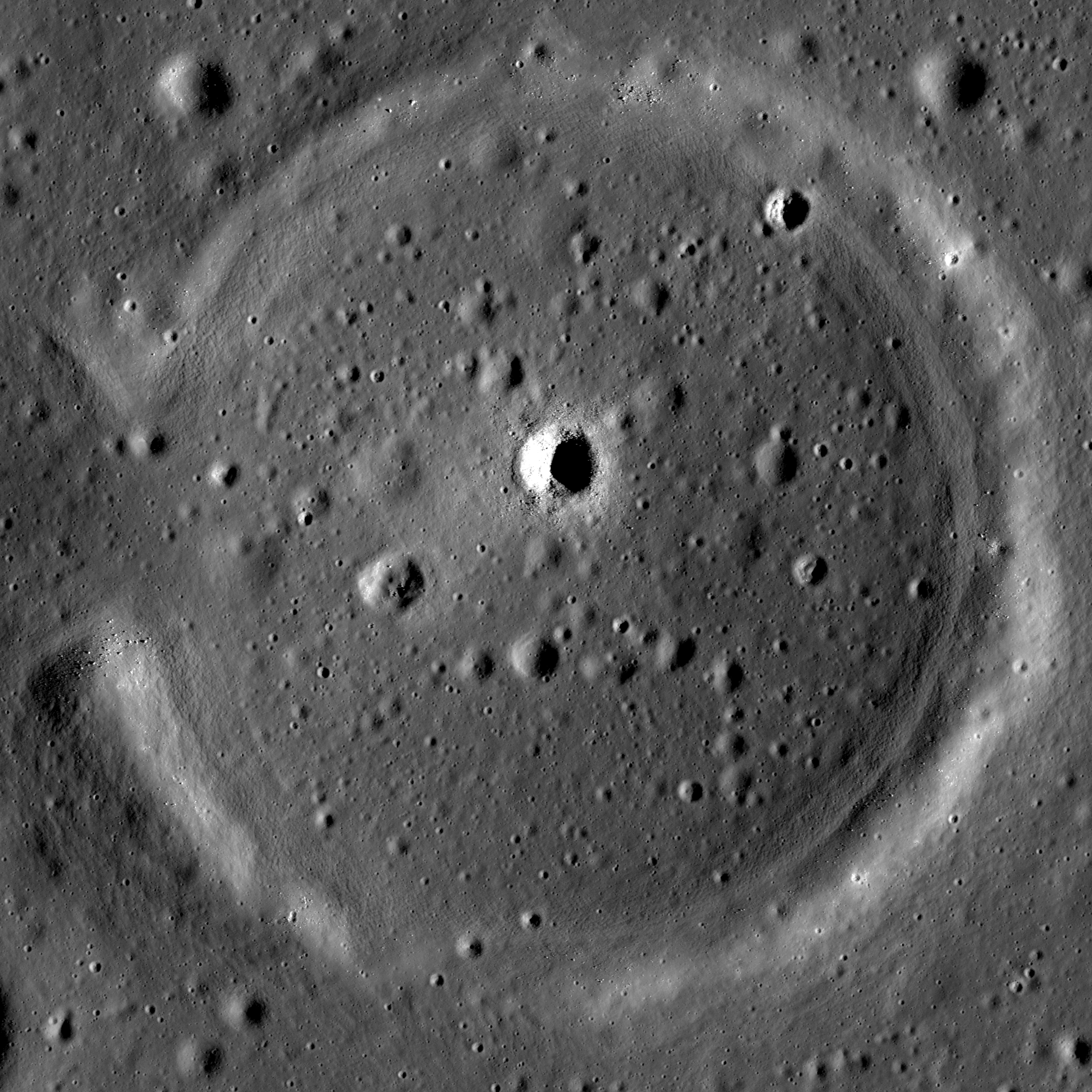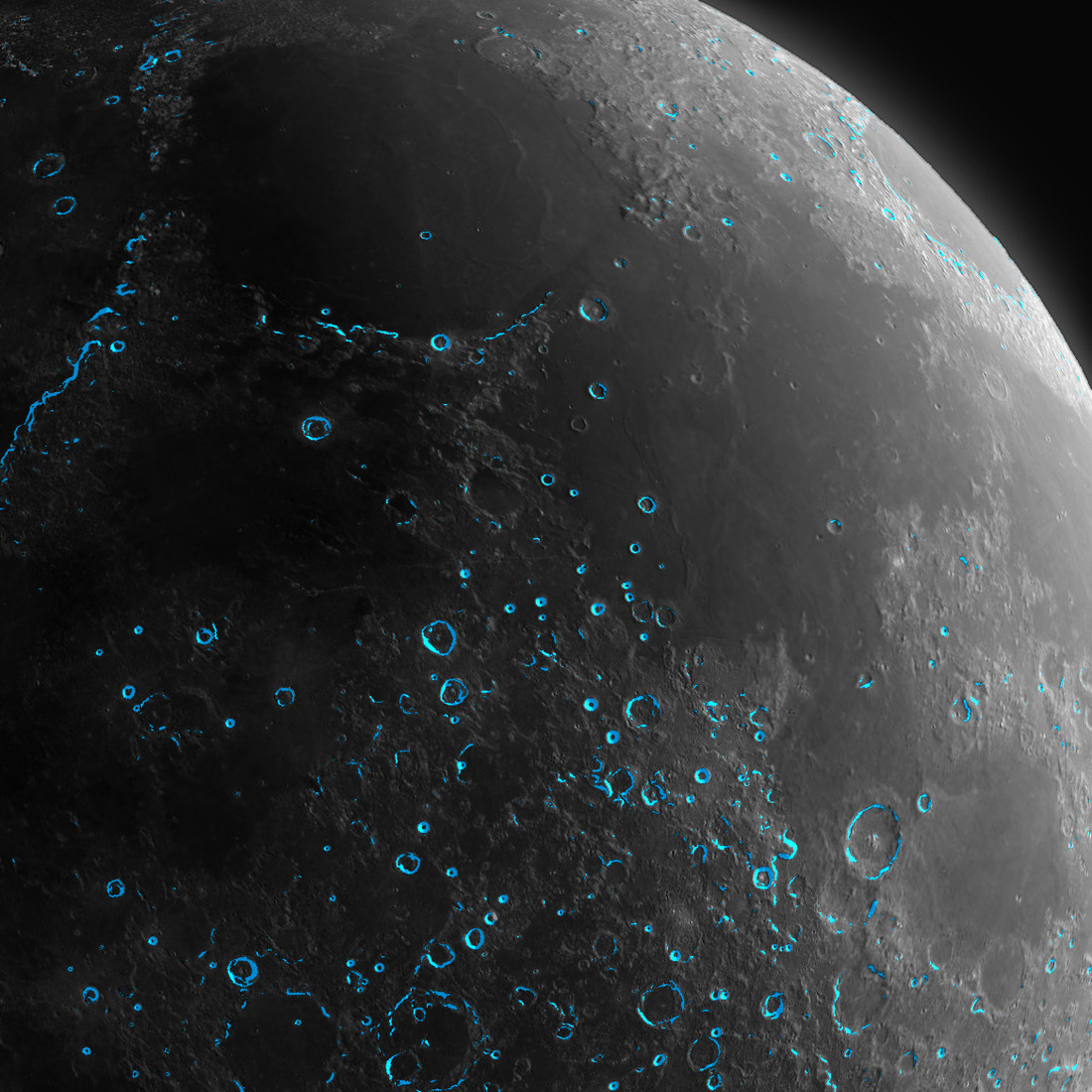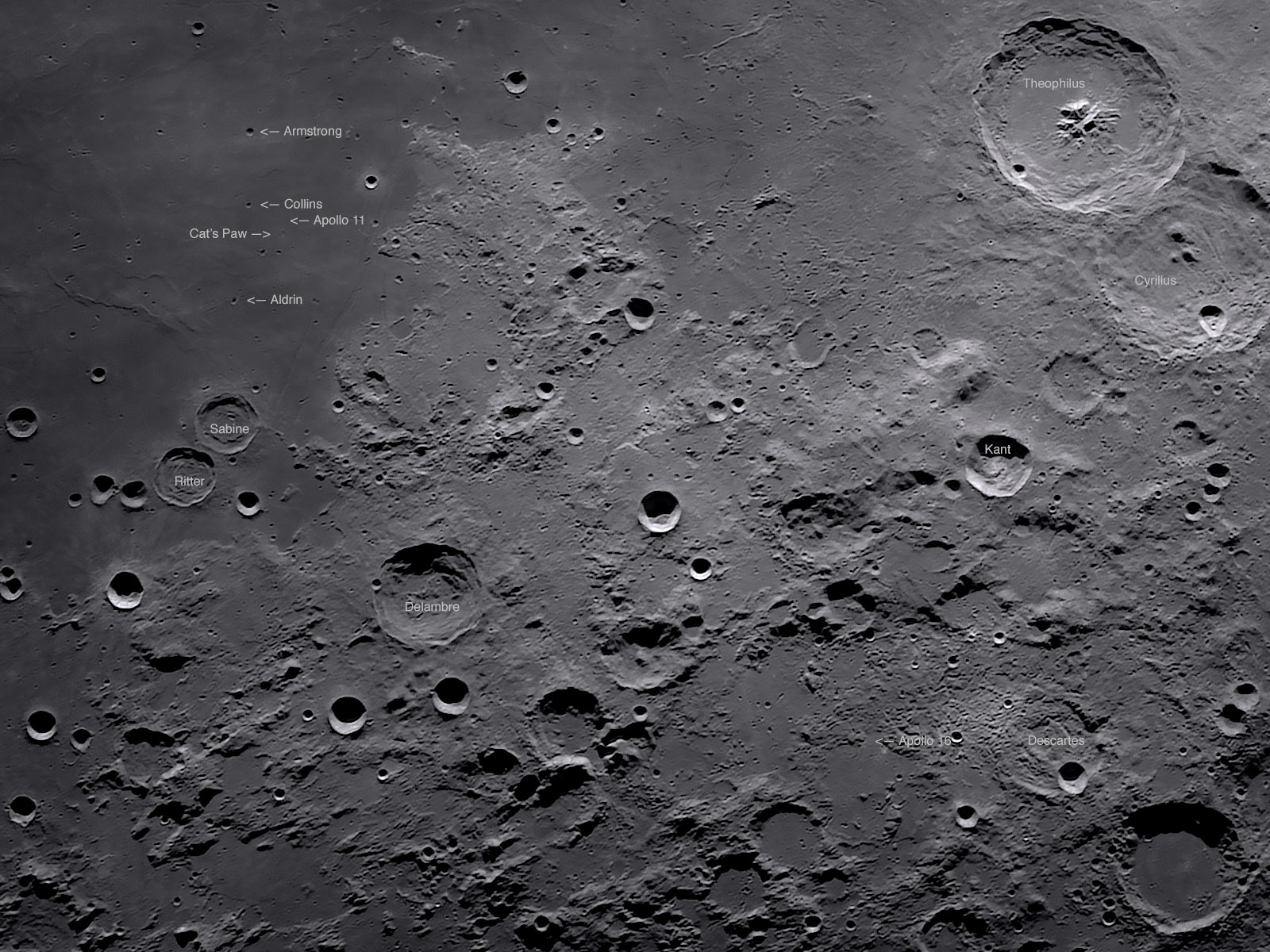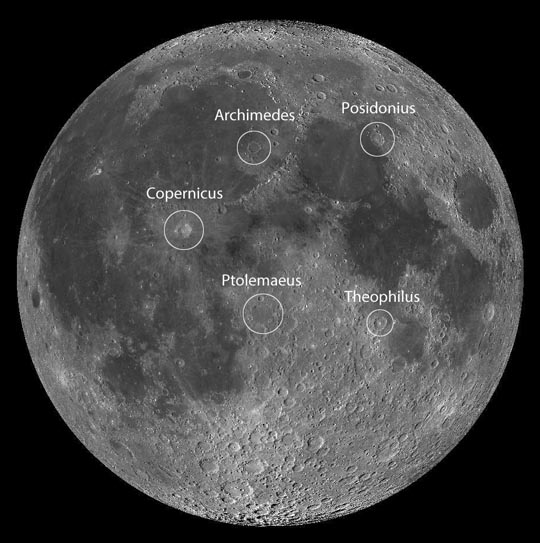


This educational activity aligns to the Co-STEM Priority Goal to improve STEM Instruction by supporting the existing STEM teacher workforce. Educators will also learn about QuickMap, a visualization tool for browsing lunar data from NASA/LRO and other missions in 2D and 3D, and ways to incorporate this tool into the classroom while aligning to the Next Generation Science Standards. It is still in orbit around the Moon today, continuing to reshape our understanding of our nearest neighbor in space and helping us to prepare for the next phase of robotic and human lunar explorers. Participants will learn about science discoveries made possible with the Lunar Reconnaissance Orbiter Camera (LROC), a high resolution camera onboard NASA’s Lunar Reconnaissance Orbiter (LRO).

LRO QUICKMAP PROFESSIONAL
Efficient orbit design allows us to optimize the spacecraft’s mass for maximum payload delivery to the lunar surface, while maximizing the surface operations duration.Ĭheck out the rest of our tech blog for more such deep dives into space technologies and our mission engineering.NASA Educator Professional Development is presenting a free 60-minute webinar for K-12 educators with targeted use with grades 8-12 students and gifted younger students. That wraps up a look at the TeamIndus spacecraft lunar orbits. The spacecraft now waits until lunar dawn occurs on the landing site before beginning the lunar descent. Circularizing the orbit thus allows flexibility in targeting various landing sites while requiring the least amount of energy expenditure. Instead, a circular orbit allows the engine burn to be executed anywhere in the circular S3 orbit and accordingly choose the lowest descent point in the S4 orbit. This would constrain the longitude for landing, leaving no flexibility in targeting various landing sites. Had S3 been an elliptical orbit like S2, the closest point for starting the descent would lie only on the S2 periapsis (see S2 orbit diagram above). S4 orbit, enabling lunar descent from an altitude of 12 kmĪt the S4 periapsis, the descent can begin and it is the point where the physics advantage of the circular orbit comes in. Gravity can be mean at times.Īt the S1 periapsis, another engine burn is performed to reduce the spacecraft’s velocity and lower the orbit’s apoapsis to 1500 km. If the periapsis is altered beyond a tolerable value, more fuel will be needed to prevent an uncontrolled altitude loss and subsequent crashing on the Moon. Maintaining the periapsis of S1 orbit to ~100 km is crucial.ĭue to orbital perturbations, the S1 orbit periapsis can deviate from 100 km significantly. As such, lunar descent needs to start at a precise velocity, altitude and longitude to land at the selected location. You see, the nature of the orbit (periapsis and apoapsis) determines the velocity at any given point and changes proportionally to the orbit size. The periapsis of S1 orbit (100 km) is chosen such that it meets the velocity requirements for lunar descent. With S1, the spacecraft will now be in an elliptical orbit around the Moon. The way orbital mechanics works is quite elegant in its apparent simplicity. Note that the apoapsis of the LTT is now the periapsis (closest point) of the lunar orbit. The resulting orbit is what we call the S1 orbit. Getting captured in lunar orbit using the Oberth effect A successful engine burn and the spacecraft is now orbiting the Moon! :D The main engine needs to fire for a long enough duration and decrease the velocity to a lower value than the Moon’s escape velocity. Getting captured into lunar orbit will thus not be possible. This is called a center-burn and all mentions of main engine burns below imply the same.Īt the end of the engine burn, if the spacecraft velocity at the LTT apoapsis is larger than the Moon’s escape velocity at that point (from the lunar surface), the spacecraft will escape the Moon’s gravitational influence. This engine burn (tracing an arc) averages out about the ideal point. As such, in practice the engine burn starts a bit before the ideal point and ends a bit after it. This is however only possible with an ideal engine. Note: Ideally, the engine should fire at the exact point where the apoapsis of the orbit lies and deliver the required delta-V within an instant. This will be referred to as a velocity-decreasing engine burn from here onward. Firing the main engine about this point decrease the velocity of the spacecraft, while consuming minimal fuel. When nearing the LTT apoapsis, the spacecraft thrusters fire to orient the spacecraft in the opposite direction of the trajectory. Sources for Earth & Moon images: Pixabay, Wikipedia.Īt the apoapsis of the LTT, the Moon’s gravitational pull will be highest and is where the lunar orbital capture is attempted.

Lunar Transfer Trajectory (LTT) to the Moon.


 0 kommentar(er)
0 kommentar(er)
